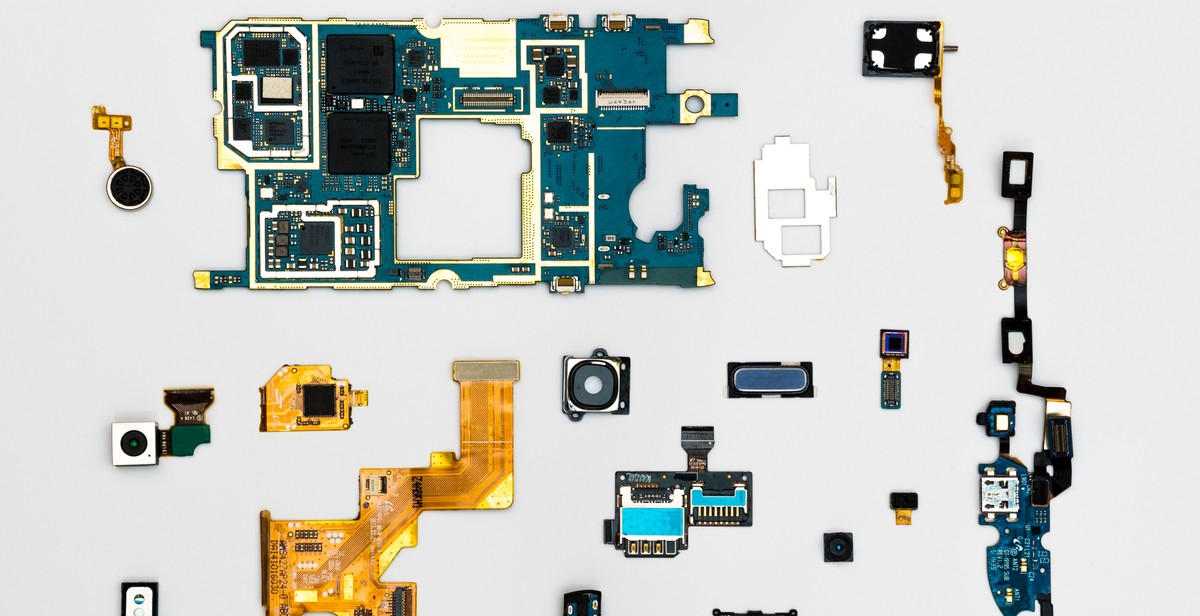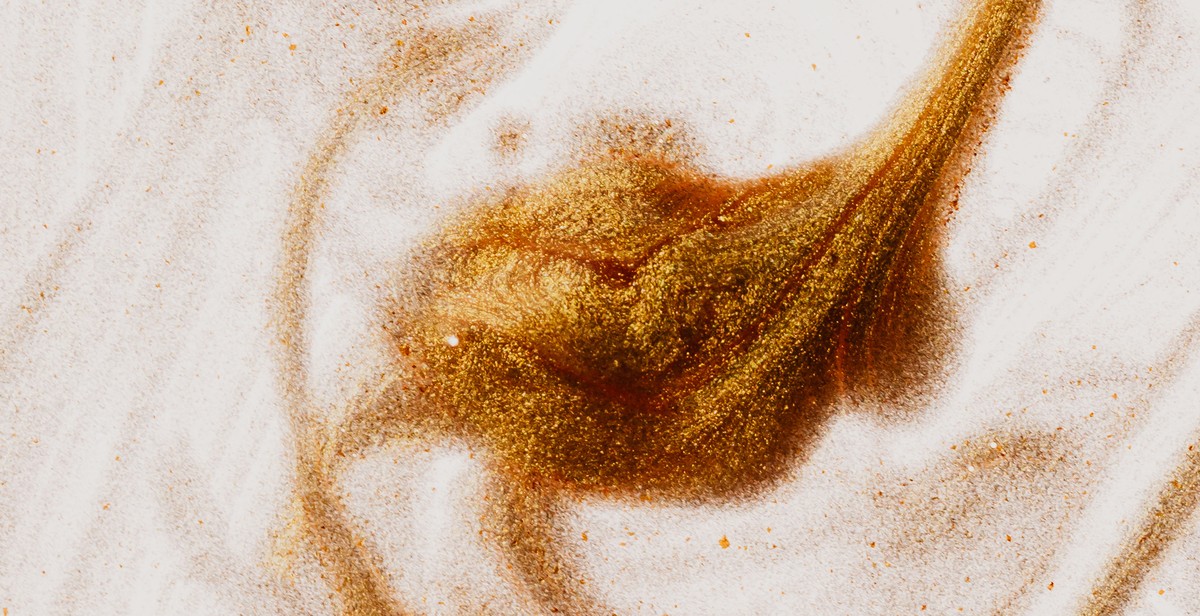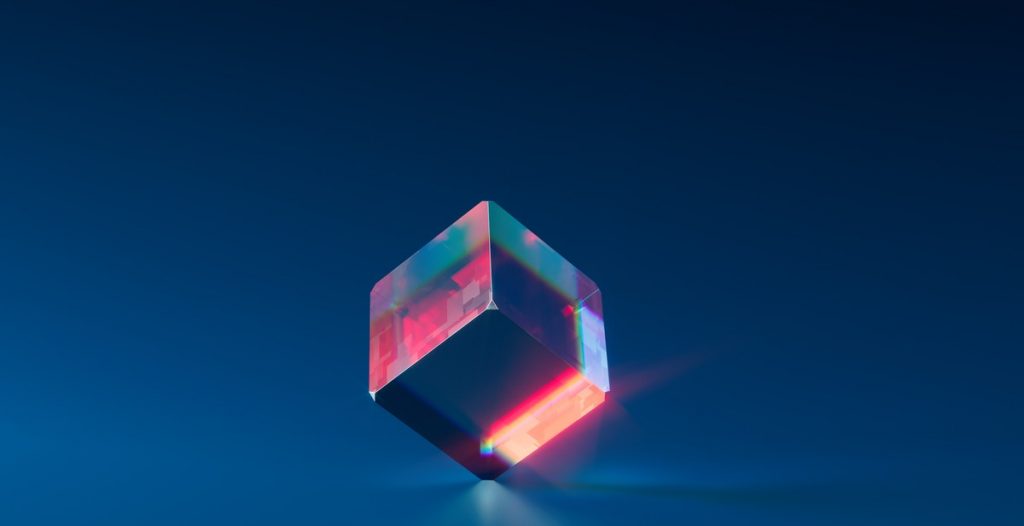Introduction: What is a cubic zirconia and how does it compare to a diamond?
Diamonds have long been considered the ultimate symbol of luxury and love, but they also come with a high price tag. In recent years, cubic zirconia has emerged as a popular alternative to diamonds due to its affordability and visual similarity to the real thing. But what exactly is cubic zirconia?
Cubic zirconia (CZ) is a synthetic gemstone that was first produced in 1976. It is made from zirconium dioxide and is optically flawless, meaning it has no visible flaws or inclusions. CZ is often used as a diamond simulant because it has a similar refractive index and looks almost identical to a diamond to the naked eye.
How does cubic zirconia compare to a diamond?
While cubic zirconia may look like a diamond, there are several key differences to consider. One of the most notable differences is the price. Cubic zirconia is significantly less expensive than diamonds, making it a popular choice for those on a budget. However, diamonds are much harder than CZ and are rated a 10 on the Mohs scale of hardness, while CZ is only an 8-8.5. This means that diamonds are more durable and less likely to scratch or chip over time.
Another difference to consider is the brilliance and fire of the stone. While cubic zirconia can be cut to have a high level of brilliance, it does not have the same level of fire as a diamond. Fire refers to the way that light is dispersed through the stone, creating a rainbow effect. Diamonds are known for their high level of fire, while CZ may appear duller in comparison.
In this article, we will explore the differences between cubic zirconia and diamonds in more detail, including their physical properties, price points, and overall value. Whether you’re considering buying a CZ or diamond, it’s important to understand the pros and cons of each option before making a purchase.

Physical Properties of Cubic Zirconia and Diamond
Hardness
One of the most notable differences between cubic zirconia and diamond is their hardness. Diamond is one of the hardest natural substances on Earth, with a score of 10 on the Mohs hardness scale. On the other hand, cubic zirconia is an artificial material and its hardness is rated at 8.5 on the same scale. This means that diamond is more resistant to scratches and abrasions than cubic zirconia, making it a more durable choice for jewelry.
Density
Density is another important physical property that distinguishes cubic zirconia from diamond. Diamond has a density of 3.52 g/cm³, while cubic zirconia has a density of 5.6 to 6.0 g/cm³. This means that cubic zirconia is denser than diamond, which can make it feel heavier in the hand. However, this higher density can also make cubic zirconia more brittle and prone to chipping or breaking under stress.
Refractive Index
The refractive index is a measure of how light bends as it passes through a material. Diamond has a refractive index of 2.42, which is higher than that of cubic zirconia, which has a refractive index of 2.17 to 2.18. This means that diamond has a greater ability to reflect and refract light, giving it a more brilliant and fiery appearance than cubic zirconia. However, the lower refractive index of cubic zirconia can also make it more transparent and less prone to color distortion than diamond.
| Physical Property | Diamond | Cubic Zirconia |
|---|---|---|
| Hardness (Mohs scale) | 10 | 8.5 |
| Density (g/cm³) | 3.52 | 5.6 to 6.0 |
| Refractive Index | 2.42 | 2.17 to 2.18 |

Visual Differences
While cubic zirconia and diamonds may look similar to the untrained eye, there are a few visual differences that set them apart. These differences can be observed in the color, brilliance, and fire of the stones.
Color
One of the most noticeable differences between cubic zirconia and diamonds is their color. Cubic zirconia stones are often colorless and have a bright white appearance. On the other hand, diamonds can come in a range of colors, including yellow, brown, pink, blue, and green. The color of a diamond is determined by the presence of trace elements and structural defects within the crystal.
Brilliance
The brilliance of a stone refers to its ability to reflect light. Both cubic zirconia and diamonds are highly reflective, but diamonds have a higher refractive index than cubic zirconia. This means that diamonds reflect more light and have a greater sparkle and brilliance than cubic zirconia stones.
Fire
Fire refers to the flashes of color that are visible in a stone when it is exposed to light. Diamonds are known for their strong fire, which is caused by the way that light is dispersed through the crystal. Cubic zirconia stones also have fire, but it is often less intense than that of a diamond.
| Cubic Zirconia | Diamond | |
|---|---|---|
| Color | Bright white | Range of colors |
| Brilliance | Highly reflective | Higher refractive index |
| Fire | Less intense | Strong fire |

Cost Comparison: Cubic Zirconia vs. Diamond
Price per Carat
When it comes to price per carat, cubic zirconia is significantly cheaper than diamonds. A typical cubic zirconia costs around $20 per carat, while a diamond can cost anywhere from $1,500 to $20,000 per carat or more, depending on its quality and size.
This is because diamonds are much rarer than cubic zirconia, and the process of mining and cutting them is much more expensive. Additionally, diamonds are graded based on the 4Cs (carat weight, cut, clarity, and color), which can greatly affect their value.
Overall Cost
While cubic zirconia may be cheaper per carat, the overall cost of a piece of jewelry will depend on several factors, including the size of the stone, the metal used for the setting, and any additional accents or details.
For example, a simple cubic zirconia ring in a sterling silver setting may cost around $50, while a similar diamond ring could cost upwards of $1,000 or more. However, a larger, more intricate cubic zirconia necklace with gold plating and multiple accents could cost several hundred dollars, while a diamond necklace with similar features could cost tens of thousands of dollars.
| Cubic Zirconia | Diamond | |
|---|---|---|
| Price per Carat | $20 | $1,500 – $20,000+ |
| Overall Cost of a Simple Ring | $50 | $1,000+ |
| Overall Cost of a Larger, More Intricate Necklace | $300+ | $10,000+ |
Overall, while cubic zirconia may be a more affordable option for those on a budget, diamonds are still considered a more valuable and prestigious choice for fine jewelry. It ultimately comes down to personal preference and budget when deciding between the two.

Durability and Maintenance of Cubic Zirconia vs Diamonds
Cubic zirconia (CZ) and diamonds are both popular choices for jewelry, but they differ in terms of durability and maintenance. Diamonds are known for their hardness, while CZ is a synthetic gemstone that is designed to resemble a diamond. Here’s a closer look at how the two compare:
Durability
Diamonds are the hardest known mineral and score a 10 on the Mohs hardness scale, while CZ scores an 8-8.5. This means that diamonds are more durable and less likely to scratch or chip than CZ. However, it’s important to note that even diamonds can be damaged if they’re hit at the right angle or with enough force.
CZ is a relatively hard stone, but it’s still softer than a diamond. This means that it’s more prone to scratches and chips, especially if it’s exposed to everyday wear and tear. CZ is also more brittle than diamonds, which means that it’s more likely to crack or break if it’s hit or dropped.
Maintenance
Diamonds are relatively low maintenance and can be cleaned with a soft cloth or a mild soap and water solution. However, it’s important to avoid using harsh chemicals or abrasives, as these can damage the stone. Diamonds can also be damaged by extreme heat, so it’s important to avoid exposing them to high temperatures.
CZ is also relatively low maintenance, but it requires a bit more care than diamonds. CZ can be cleaned with a soft cloth or a mild soap and water solution, but it’s important to avoid using harsh chemicals or abrasives, as these can damage the stone. CZ should also be stored separately from other jewelry to prevent scratches and chips.
Conclusion
While diamonds are more durable than CZ, both stones require some level of care and maintenance to keep them looking their best. With proper care, both diamonds and CZ can last for many years and make beautiful additions to any jewelry collection.

Conclusion
After reading this article, we have learned that cubic zirconia is a synthetic gemstone that is a popular diamond alternative due to its affordability and visual similarity to diamonds. However, there are some notable differences between the two, including differences in durability, hardness, and value.
Durability and Hardness
Cubic zirconia is less durable and harder than diamonds, meaning that it is more prone to scratches and damage over time. As a result, it may need to be replaced more frequently than diamonds.
Value
While cubic zirconia is significantly less expensive than diamonds, it does not hold its value in the same way that diamonds do. Diamonds are considered a valuable investment, while cubic zirconia is not.
Final Thoughts
Ultimately, the choice between a cubic zirconia and a diamond comes down to personal preference and budget. While cubic zirconia may be a good choice for those who are looking for a more affordable option, diamonds are still considered the standard for quality and value in the world of gemstones.
| Pros of Cubic Zirconia | Cons of Cubic Zirconia |
|---|---|
| More affordable | Less durable |
| Visually similar to diamonds | Less valuable |
| Widely available | May need to be replaced more frequently |
- Overall, cubic zirconia is a popular choice for those who want the look of a diamond without the high price tag.
- It is important to understand the differences between the two and make an informed decision based on your individual needs and preferences.
- Whether you choose a diamond or a cubic zirconia, it is important to take proper care of your gemstone to ensure that it lasts for years to come.

